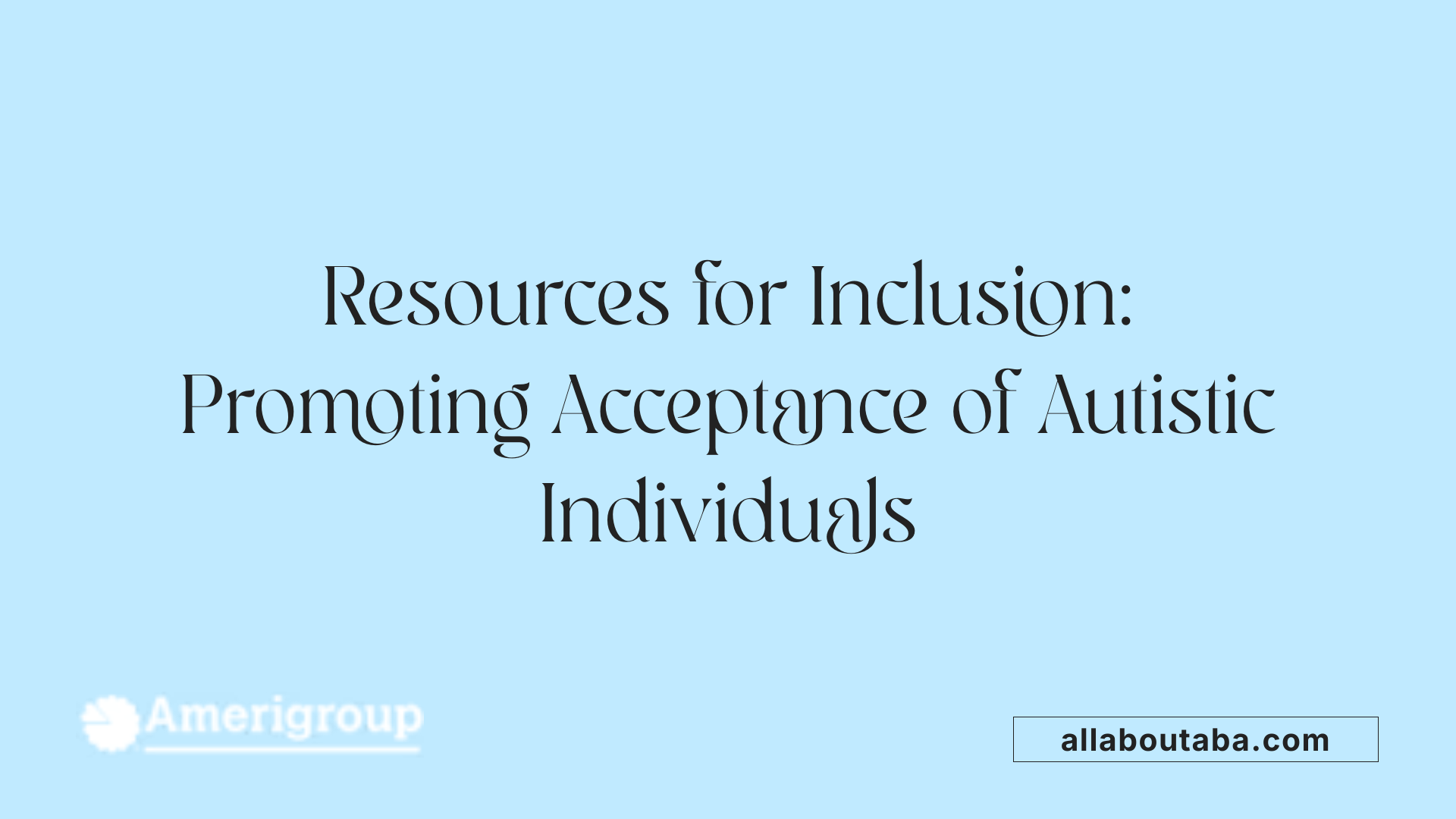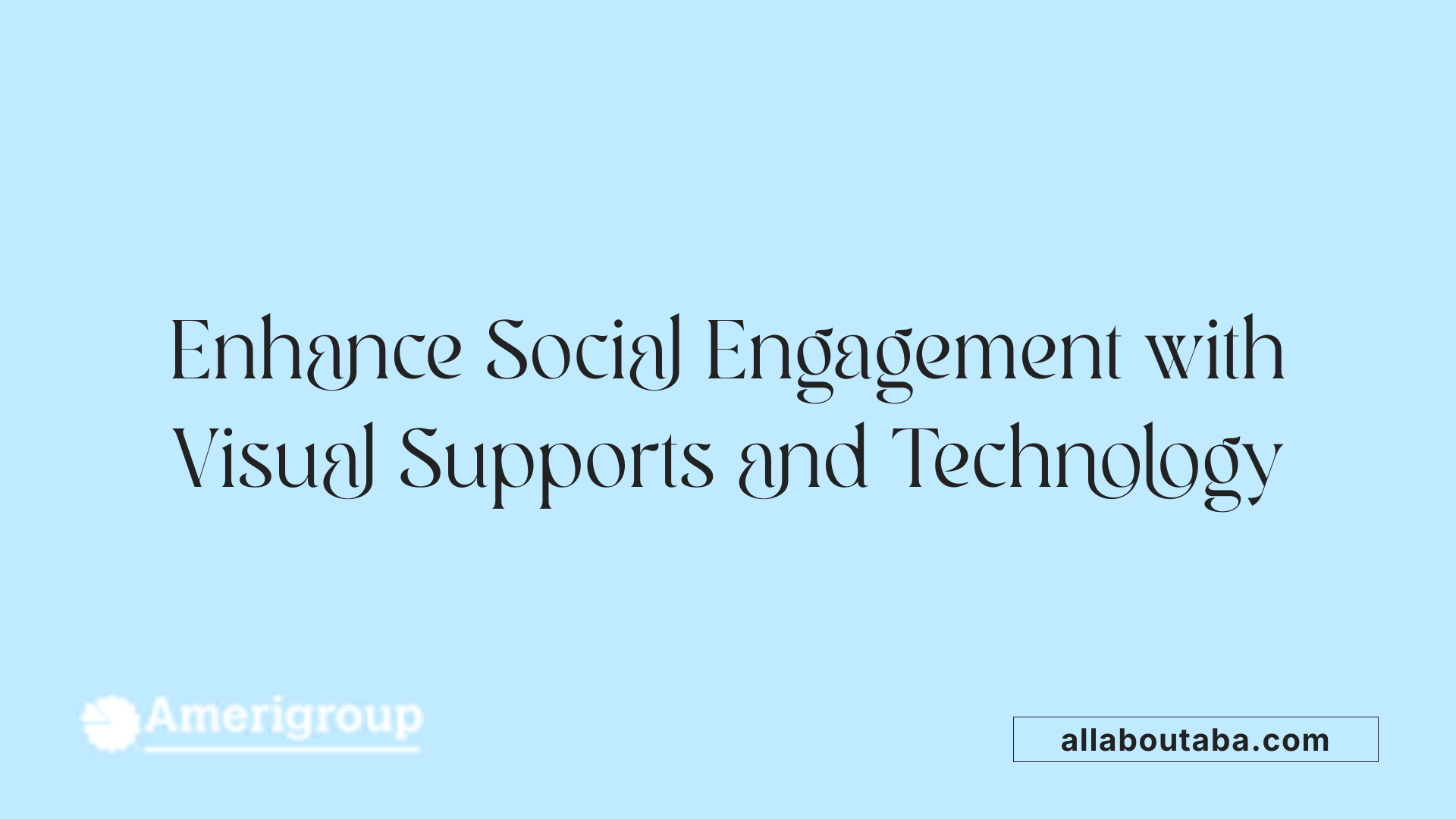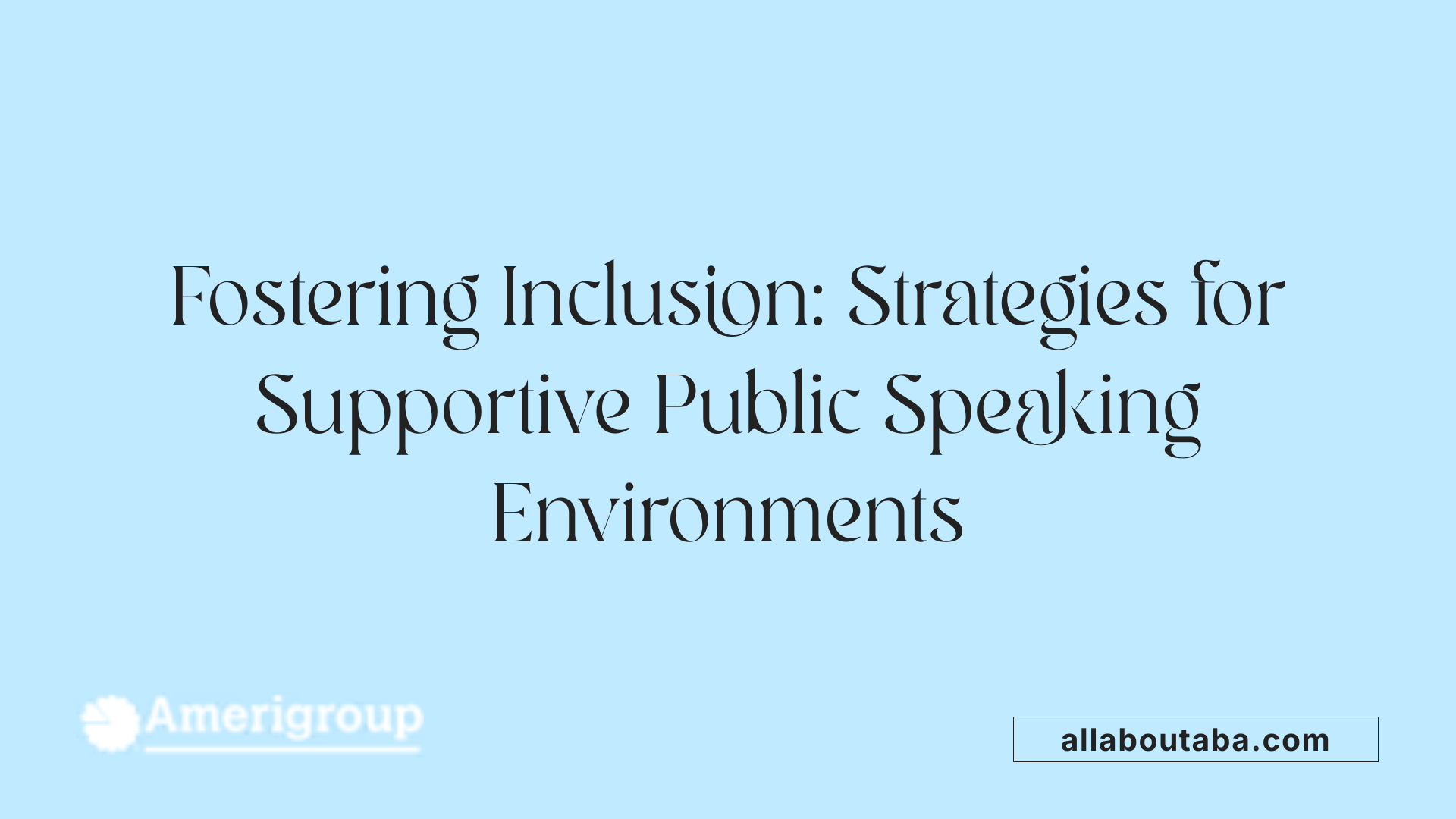Understanding and Supporting Autistic Public Speakers
Public speaking can be a significant challenge for autistic individuals due to unique communication styles and social differences. Recognizing the challenges and implementing tailored strategies can foster confidence, inclusion, and effective self-expression. This article explores the role of communication support, innovative tools, and societal understanding to empower autistic individuals to participate successfully in public speaking opportunities.
Understanding Autism and Its Impact on Communication
What is autism and how does it affect speech and communication?
Autism spectrum disorder (ASD) is a developmental condition characterized by differences in social interaction, communication, and behavior. Its symptoms can range widely among individuals, from mild to severe. Many autistic children face challenges in developing spoken language, which can include delayed speech or being nonverbal.
Autistic individuals often find it difficult to understand and interpret verbal and non-verbal cues such as gestures, facial expressions, and eye contact. This can make social interactions challenging and sometimes lead to feelings of frustration or isolation.
Unique ways of communicating are common among autistic people. Some may use echolalia, repeating words or phrases they hear, as a way to express themselves or process language. Others might prefer literal language, finding figurative speech or sarcasm confusing.
To support communication, strategies like speech therapy are tailored to each person’s needs. Assistive tools such as sign language, visual communication boards, and high-tech speech-generating devices help many to express their thoughts more effectively.
Early intervention plays a crucial role. With the right support, including communication tools and therapy, individuals with ASD can develop better language skills, improve social interactions, and participate more fully in daily life.
| Aspect | Impact on Communication | Support Strategies | Additional Notes |
|---|---|---|---|
| Speech Development | Delayed or limited speech | Speech therapy, AAC devices | Therapy can encourage verbal skills and alternative communication |
| Understanding Cues | Difficulty interpreting gestures, facial expressions | Visual supports, social skills training | Helps improve social understanding |
| Unique Communication Styles | Echolalia, literal language | Customized interventions, language modeling | Recognizes and values individual communication preferences |
Strategies and Techniques to Foster Public Speaking Confidence

What strategies and techniques can help improve public speaking skills for autistic individuals?
Enhancing public speaking abilities in autistic people involves personalized strategies that respect their unique communication styles. Customized approaches often combine speech therapy with social skills training, enabling individuals to develop confidence and clarity in their speech.
Visual supports, such as visual aids or written cues, play a vital role in helping autistic speakers organize their thoughts and communicate more effectively. Using images, written outlines, or cue cards can reduce anxiety and clarify the structure of a presentation.
Gradual exposure to speaking scenarios is crucial. Starting with small, familiar groups and slowly increasing the audience size helps build comfort and competence. Role-playing activities simulate real-world speaking situations, allowing practice in a low-pressure environment.
Alternative communication methods, including augmentative and alternative communication (AAC) devices, sign language, or written responses, provide flexible options for those who are nonverbal or less comfortable with spoken language. These tools can extend a speaker’s ability to engage with their audience.
Creating supportive spaces for practice is essential. Small group presentations, rehearsals in quiet settings, and using visual supports all contribute to a positive experience. Encouraging respectful peer support and patience helps foster an environment where autistic individuals can thrive.
Incorporating these techniques into speech therapy sessions and everyday interactions can help autistic individuals develop self-confidence and advocacy skills, ensuring they can participate actively in public speaking roles. Tailoring each approach to the individual's needs and preferences ensures the most effective and empowering outcomes.
The Support Role of Speech-Language Pathologists in Public Speaking

How do speech-language pathologists support autistic communication, especially in public speaking contexts?
Speech-language pathologists (S-LPs) are essential professionals in helping autistic individuals improve their communication, particularly when it comes to public speaking. Their approach begins with a thorough assessment of each person's unique communication needs. This involves understanding their strengths, challenges, and preferences, which then guides personalized intervention strategies.
One of the main roles of S-LPs is adapting communication techniques to fit various social and speaking environments. They work on both verbal skills, like clarity and vocabulary, and non-verbal cues, such as gestures and facial expressions. For non-verbal or minimally verbal individuals, S-LPs might introduce augmentative and alternative communication (AAC) tools like speech-generating devices or sign language to support expression.
In public speaking scenarios, S-LPs teach specific skills to manage speech anxiety and enhance clarity. These include breathing exercises, pacing strategies, and practicing speech with visual supports. Additionally, they focus on social pragmatics—understanding how to adjust language and behavior according to the audience and setting.
Building confidence is a significant part of their work. S-LPs facilitate practice through role-playing and social communication exercises, which help individuals become comfortable in social interactions and public speaking situations. They also collaborate with families and educators to create consistent, supportive environments that reinforce communication skills across settings.
Ultimately, speech-language pathologists empower autistic individuals by fostering effective communication, enabling them to participate more fully in public speaking, social engagements, and various community activities. Their support not only improves speech and language but also promotes independence and confidence in social participation.
Educational Resources Promoting Inclusion and Acceptance

What educational resources are available to promote inclusion, acceptance, and understanding of autistic individuals in public settings?
There is a broad spectrum of educational tools and programs designed to foster a more inclusive and understanding society for autistic individuals. These resources aim to raise awareness, provide practical support, and encourage acceptance across various environments.
Awareness programs, online modules, and community workshops serve as foundational elements to educate the public about autism, focusing on communication differences, sensory sensitivities, and behavioral variations. These initiatives help community members recognize the diverse needs of autistic individuals and learn effective ways to support and interact with them.
In the realm of educational institutions, inclusive curricula and specialized teacher training programs play a vital role. Initiatives like TEACCH (Treatment and Education of Autistic and Communication related handicapped Children) and the Incredible Years offer educators practical strategies, such as visual supports, social skills modeling, and sensory-friendly modifications. These approaches create learning environments where autistic students can thrive and participate fully.
Community-based projects further enhance acceptance by organizing sensory-friendly spaces, community events, and advocacy campaigns. Organizations like AutismWish develop sensory kits and host inclusive events to encourage social engagement and understanding, helping to build a sense of belonging.
The success of inclusive efforts hinges on organizational commitment and the active involvement of families. Creating accessible, supportive environments requires collaboration among schools, community organizations, and families to implement strategies that benefit everyone. Such environments foster empathy, celebrate diversity, and promote the dignity and rights of autistic individuals.
| Resource Type | Description | Additional Details |
|---|---|---|
| Awareness Programs | Educational sessions to inform the public about autism | Increase understanding and reduce stigma |
| Online Modules | Digital training materials for educators and families | Flexible access and adaptable content |
| Community Workshops | Local events featuring activities and information | Hands-on demonstrations and support networks |
| Inclusive Curricula | Educational content designed for diverse learners | Visual supports, social skills focus |
| Teacher Training (TEACCH, Incredible Years) | Professional development for classrooms | Practical strategies for sensory and behavioral support |
| Community Initiatives | Sensory-friendly events and environments | Promote social interaction and acceptance |
| Family and Organizational Involvement | Collaboration and advocacy | Ensure sustainable and meaningful inclusion |
By leveraging these resources, communities can create environments where autistic individuals feel valued, supported, and understood, paving the way for more inclusive societal norms.
Communication Tools and Approaches for Social Participation

What communication tools and approaches are effective for helping autistic individuals improve social participation and confidence?
Supporting social participation for autistic individuals often involves a combination of visual, technological, and community-based strategies. Visual supports such as picture cards, schedules, and choice boards are commonly used to provide clarity and predictability. These tools help reduce anxiety by illustrating what will happen next, thus making social interactions less overwhelming.
Social stories and personalized visual aids are another effective approach. They teach social norms, appropriate responses, and routines in a clear, engaging way, fostering a deeper understanding of social expectations. These are tailored to each individual’s experiences and learning style, which boosts confidence and encourages participation.
Assistive communication devices, also known as augmentative and alternative communication (AAC) tools, range from low-tech picture exchange systems like PECS to sophisticated speech-generating devices like the QuickTalker Freestyle™. These devices allow individuals with limited or no speech to express needs, desires, and ideas, opening up avenues for social engagement.
Using technology-supported social skills training, such as apps and AI-driven coaching, provides interactive and personalized learning experiences. These resources help develop skills like recognizing facial expressions, understanding social cues, and practicing conversations in a safe, controlled environment.
Community programs play a vital role in fostering social inclusion. Many organizations offer social skills groups, peer buddy programs, and community-based activities that promote real-world social practice. These programs build confidence, reduce social isolation, and help autistic individuals develop meaningful relationships.
Overall, a combination of visual supports, assistive technologies, structured social learning, and inclusive community activities forms a comprehensive strategy to enhance social participation and boost confidence among autistic individuals.
Creating an Inclusive Environment for Effective Public Speaking

How does speech therapy improve communication for children with ASD?
Speech therapy plays a vital role in enhancing communication abilities among children with autism. It addresses challenges such as difficulty with spoken language, understanding social cues, non-verbal communication, and joint attention. By focusing on these areas, speech therapists help children develop more effective ways to express themselves and understand others.
What personalized strategies are used in speech therapy?
Personalized approaches are at the heart of effective speech therapy. Therapists incorporate a child's interests and strengths into sessions, making learning engaging and relevant. Involving families ensures that communication support extends beyond therapy sessions, encouraging consistency at home and in other settings. Collaboration with other professionals, such as occupational therapists or psychologists, creates a comprehensive support network tailored to each child's unique needs.
Which tools and techniques support children with ASD?
Practical strategies include using visual supports like social stories, cue cards, and structured routines. Sensory considerations—such as reducing overwhelming noise or bright lights—help create a comfortable therapy environment. Child interests are integrated into activities to boost motivation.
High-tech tools, such as speech-generating devices like the QuickTalker Freestyle™, empower children by expanding vocabularies and promoting interaction. These devices are customizable, adaptable, and supported by dedicated teams, making communication more accessible for those who are nonverbal or have difficulty with traditional speech.
How do assistive devices help non-verbal children?
Augmentative and alternative communication (AAC) devices like picture exchange systems (PECS), sign language, and speech output devices enable non-verbal children to communicate their needs and thoughts. For example, PECS uses images to help children ask for preferred items, while speech-generating devices can produce spoken words. These tools often lead to measurable improvements in communication and social interactions.
What skills do speech therapy services target across different ages?
Speech therapy isn't only for young children. For teens and adults, it emphasizes developing social skills, understanding social cues, and effectively using communication technologies. Therapy may include learning to make friends, participating in conversations, and handling social situations with confidence.
How do speech-language pathologists support individuals with autism?
Speech-language pathologists (S-LPs) are critical in the autism support network. They assess speech, language, literacy, and social communication difficulties and develop personalized support plans. Their role involves remediation for speech and language delays, training in alternative communication methods, and advocating for inclusive environments.
What are some practical tools and methods used in therapy?
Common techniques include role-playing, visual supports, articulation exercises, and oral motor activities. These approaches help improve speech clarity, social pragmatics, and understanding of body language.
How does early intervention influence outcomes?
Research shows that early intervention and speech therapy significantly improve communication skills. Initiating therapy during the critical early years helps children develop foundational language skills, which supports their overall learning and social development.
| Tool/Approach | Primary Use | Effectiveness | Additional Details |
|---|---|---|---|
| PECS | Visual-based communication | Small to moderate improvement | Promotes requesting and expressive skills |
| Speech-generating devices | Spoken language output | Highly effective for ages 3-20 | Cost varies, customizable |
| Sign language | Manual communication | Quick, detailed expression | Challenge to learn for some |
| Visual supports | Structuring routines | Supports understanding | Includes schedules, cue cards |
| AAC devices | Complement or alternative to speech | Improves communication | Examples include apps and devices |
Supporting communication in children with autism involves a blend of personalized therapy strategies, innovative tools, and a supportive environment. By integrating these practices, we can significantly enhance their ability to connect, share their ideas, and participate fully in social life.
Fostering a More Inclusive Public Realm
Supporting autistic individuals in public speaking requires a concerted effort from therapists, educators, peers, and society at large. By understanding autism’s impact on communication and utilizing specialized strategies, tools, and inclusive practices, we can create supportive environments that empower autistic voices. Embracing neurodiversity and facilitating effective communication are not only pivotal for individual growth but also enrich societal diversity and understanding. As we advance in awareness, resources, and acceptance, the stage becomes truly inclusive for all voices to be heard and valued.
References
- Effective Speech Therapy Approaches—Working with ASD
- How Autism Affects Speech and Language: An Expert Guide
- What Are Autism Speech Patterns?
- The Benefits of Speech Therapy for Autism | EA Schools
- SAC-Position-Statement-Supporting-Autistic-People-EN ...
- 7 Autism Behavior and Communication Strategies | NU
- Autism and communication
- Social skills and autism
- Effective Communication Strategies for Autistic Adults
- Key Tools for Autistic Adults







